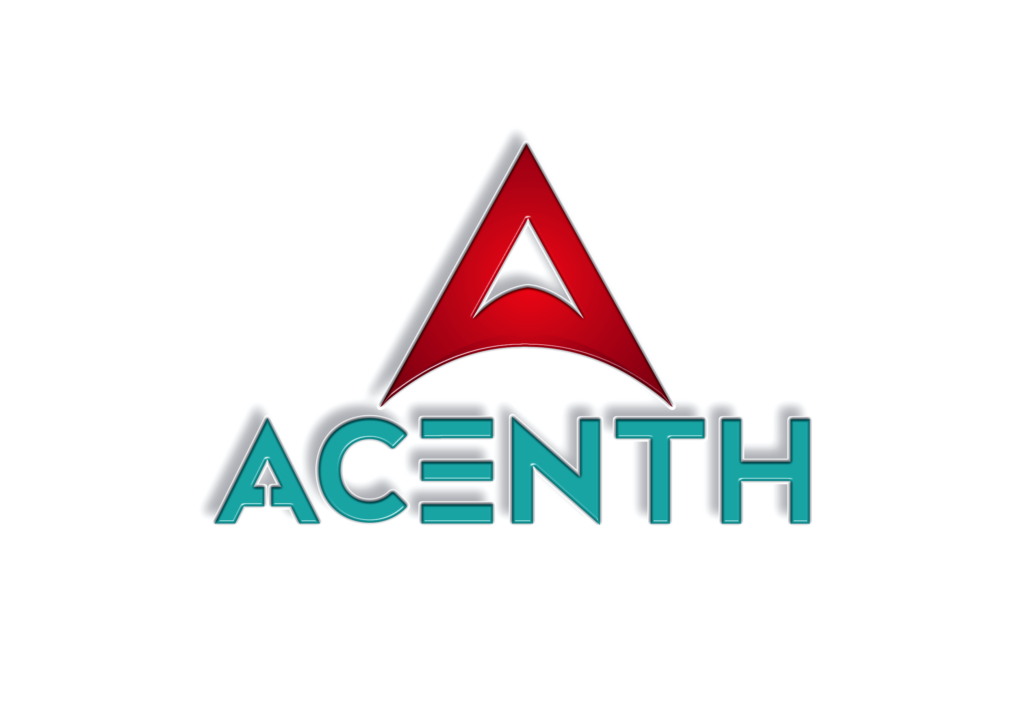In Vitro Diagnostic (IVD) equipment is critical in modern healthcare and clinical research, providing accurate diagnostic information that guides treatment decisions. For healthcare professionals and researchers, the correct utilization and maintenance of IVD equipment are paramount to ensuring reliability and accuracy in test results. This guide outlines essential protocols for the proper use and upkeep of IVD equipment, emphasizing best practices that align with ethical standards and regulatory requirements.
Understanding IVD Equipment
IVD equipment encompasses various devices and instruments used to test samples such as blood, urine, or tissues. These tests help detect diseases, conditions, and infections, making IVD tools indispensable in clinical laboratories and research settings. Proper usage and maintenance of these devices are crucial to maintaining their precision and reliability.
Essential Protocols for IVD Equipment Utilization
Correct utilization of IVD equipment involves adherence to specific protocols that ensure accurate results and prevent errors. Here are the key practices for healthcare professionals:
1. Training and Competency
Healthcare professionals must receive thorough training on operating IVD equipment. Regular competency assessments should be conducted to ensure that all users remain proficient in using the devices correctly.
- Initial Training: Comprehensive training sessions covering all aspects of IVD equipment operation.
- Ongoing Assessments: Periodic evaluations to ensure continued competency and address any knowledge gaps.
2. Adherence to Manufacturer Instructions
Following the manufacturer’s guidelines is essential for correctly using IVD equipment. These instructions provide critical information on operating procedures, calibration, and maintenance.
- Manuals and Guides: Always refer to and follow the equipment manuals.
- Updates and Notices: Stay informed about any updates or notices from the manufacturer.
3. Quality Control and Calibration
Routine quality control and calibration are necessary to maintain the accuracy and precision of IVD equipment. This includes performing regular checks and adjustments as specified by the manufacturer.
- Daily Checks: Perform daily quality control checks to ensure the equipment functions correctly.
- Scheduled Calibration: Follow a strict calibration schedule to maintain test results’ accuracy.
Acenth’s Quality Monitoring services can help implement robust quality control and calibration protocols, ensuring the reliability of your IVD equipment.
4. Sample Handling and Preparation
Proper handling and preparation of samples are critical to avoid contamination and ensure accurate results. Adhering to strict protocols for sample collection, labeling, and storage is vital.
- Standardized Procedures: Use standardized procedures for collecting and preparing samples.
- Labeling and Storage: Ensure proper labeling and storage conditions to maintain sample integrity.
Best Practices for IVD Equipment Maintenance
Regular maintenance of IVD equipment is crucial to extend its lifespan and ensure continuous accurate performance. Here are the best practices for maintaining IVD equipment:
1. Routine Cleaning and Disinfection
Regular cleaning and disinfection of IVD equipment prevent contamination and ensure the devices remain in optimal condition.
- Daily Cleaning: Perform daily cleaning according to the manufacturer’s instructions.
- Disinfection Protocols: Use appropriate disinfectants and follow proper disinfection protocols.
2. Preventive Maintenance
Scheduled preventive maintenance helps identify and address potential issues before they lead to equipment failure or inaccurate results.
- Maintenance Schedule: Establish a preventive maintenance schedule based on the manufacturer’s recommendations.
- Service Contracts: Consider service contracts with the manufacturer or certified service providers for regular maintenance.
3. Record Keeping
Maintain detailed records of all maintenance activities, including cleaning, calibration, and repairs. This documentation is essential for tracking the equipment’s performance and ensuring compliance with regulatory standards.
- Log Books: Use log books or digital systems to record maintenance activities.
- Compliance Records: Keep records readily available for inspections and audits.
Acenth’s Project Management services can assist in setting up efficient maintenance schedules and record-keeping systems tailored to your specific needs.
4. Handling Equipment Malfunctions
Promptly addressing equipment malfunctions is crucial to prevent disruptions in diagnostic testing. Establish protocols for identifying, reporting, and resolving issues with IVD equipment.
- Troubleshooting Guides: Use troubleshooting guides provided by the manufacturer to diagnose problems.
- Technical Support: Contact technical support for assistance with complex issues.
- Spare Parts: Keep an inventory of essential spare parts to minimize downtime during repairs.
Ensuring Regulatory Compliance
Adhering to regulatory standards is essential for the ethical and legal operation of IVD equipment. Compliance with local and international regulations ensures the safety and reliability of diagnostic testing.
1. Understanding Regulatory Requirements
Familiarize yourself with the regulatory requirements in your region, including standards set by agencies such as the FDA in the USA and the CFDA in China.
- Regulatory Guidelines: Stay updated with guidelines from relevant regulatory bodies.
- Ethical Standards: Ensure that all practices align with ethical standards in clinical research.
2. Documentation and Reporting
Maintain thorough documentation and reporting practices to demonstrate compliance with regulatory requirements. This includes records of training, quality control, maintenance, and any adverse events.
- Compliance Audits: Prepare for regular compliance audits by maintaining accurate and complete records.
- Incident Reporting: Report any adverse events or equipment malfunctions to the appropriate regulatory authorities.
Acenth’s Regulatory Services can provide expert guidance on navigating regulatory requirements and maintaining compliance.
Implementing Best Practices Across Locations
IVD equipment usage and maintenance protocols should be consistently implemented across all locations, whether in the USA or China. Tailoring protocols to local regulations and cultural contexts ensures that standards are upheld universally.
1. Standardized Protocols
Develop standardized protocols that can be adapted to different locations while maintaining core principles of proper usage and maintenance.
- Global Standards: Base protocols on international standards to ensure consistency.
- Local Adaptations: Adapt protocols to meet local regulatory and cultural requirements.
2. Cross-Location Training
Implement cross-location training programs to ensure that all staff, regardless of location, receive the same level of training and competency assessment.
- Training Programs: Develop training programs that can be delivered in multiple languages and formats.
- Competency Checks: Conduct regular competency checks across all locations to ensure uniformity.
Enhancing Diagnostic Accuracy through Proper Protocols
Adhering to correct utilization and maintenance protocols for IVD equipment is fundamental to ensuring accurate diagnostic results and high-quality patient care. By following these guidelines, healthcare professionals can maximize the reliability and lifespan of their IVD equipment, contributing to the overall success of clinical research and diagnostic testing.
Acenth is dedicated to supporting healthcare professionals and researchers with comprehensive services, including Clinical Trial Design, Clinical Data Management, Biostatistics, and more. Our expertise ensures that your IVD equipment is used and maintained correctly, adhering to the highest standards of quality and reliability.
Sources:
- World Health Organization (WHO): Laboratory Quality Management System
- National Institutes of Health (NIH): Best Practices for Clinical Laboratory Testing
- Clinical and Laboratory Standards Institute (CLSI): Guidelines






















